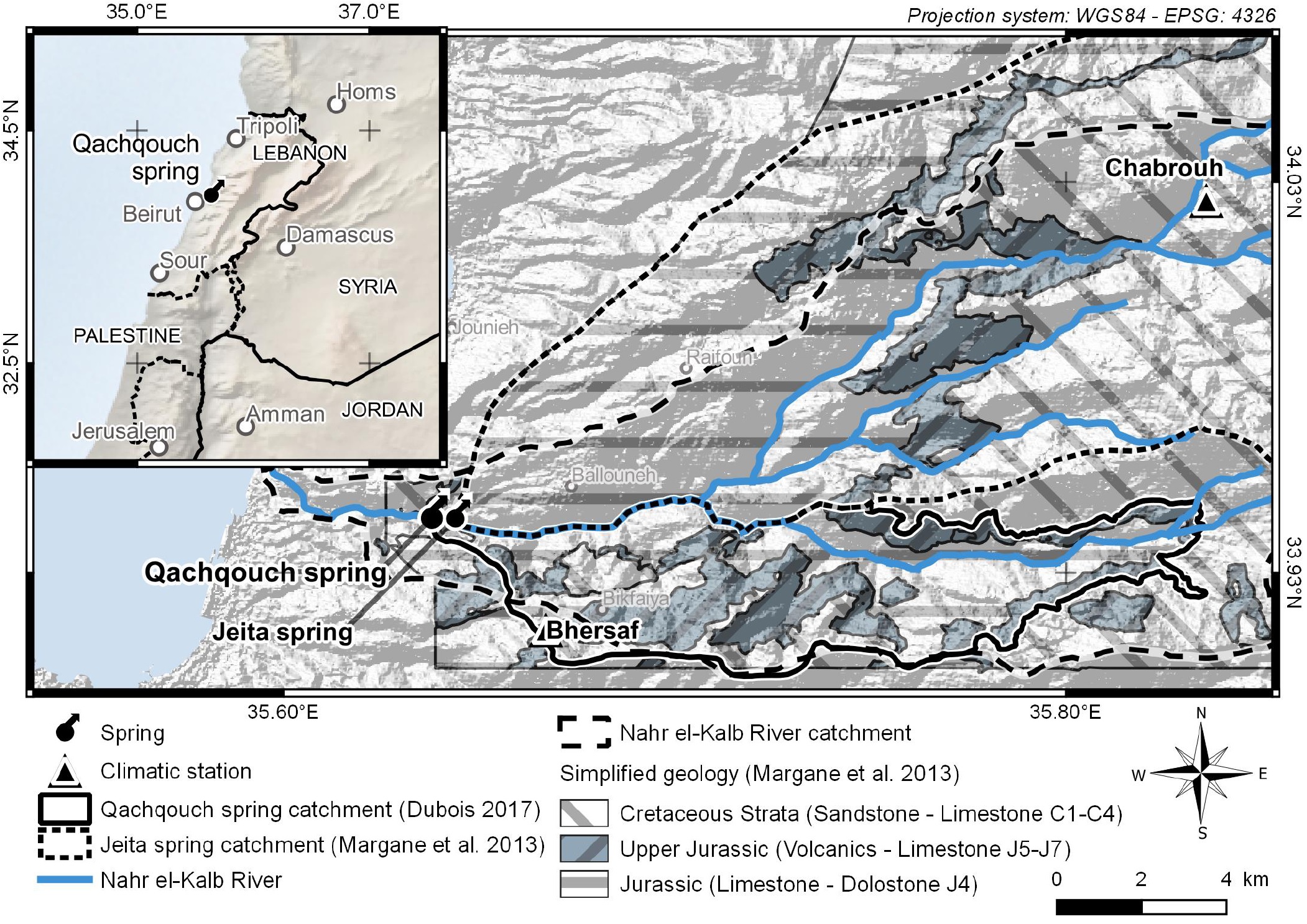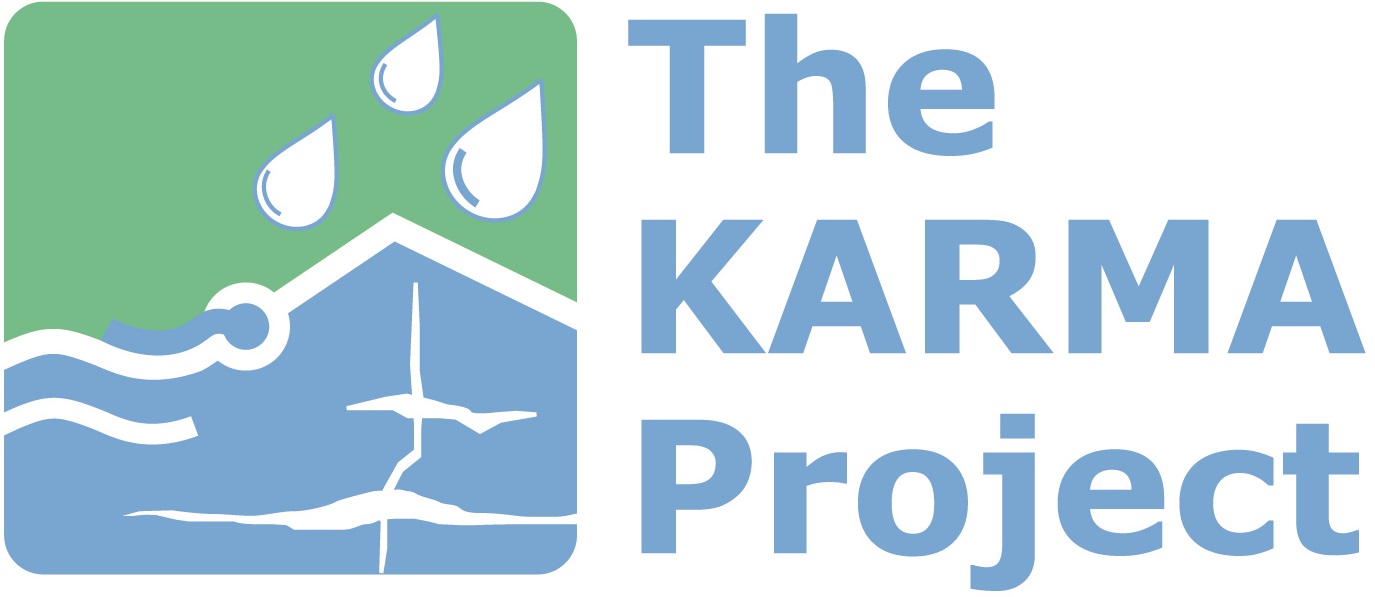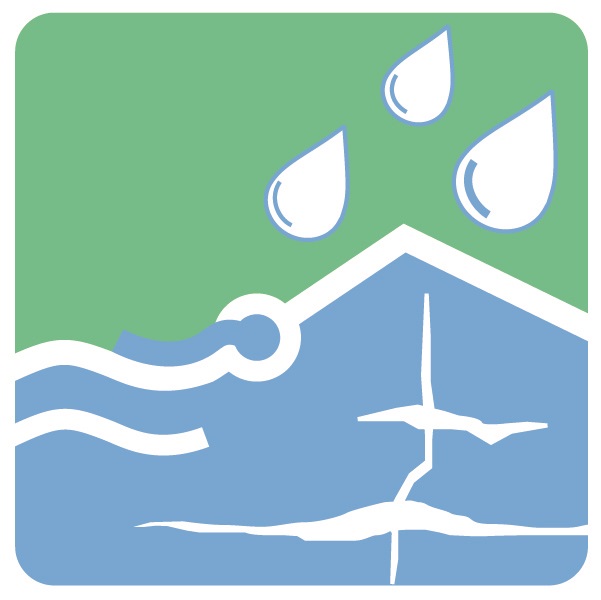|
The Qachqouch spring catchment The Qachqouch spring is located east of the Lebanese capital Beirut (>1.5 million inhabitants) and contributes to its drinking water supply in periods of shortage. It drains a 56 km² large catchment of moderate to high karstified Jurassic limestone, which extends to the eastern mountains. It discharge varies from 0.2 m³/s to a maximum of 17 m³/s with an annual discharge of 50 to 60 million m³. The landscape of the catchment area is characterised by forests, agriculture and urban areas, which are also the main reasons for pollution by wastewater and fertilisers. Furthermore, the climatic conditions pose a challenge as they lead to variable runoff (floods and droughts) and thus to periodic contamination of the spring. Climate change is likely to continue to exacerbate spring water use through reduced discharge as a consequence of decreasing snow cover and melting in the mountains. |
 (source: Dubois (2017) (source: Dubois (2017) |
|
 (Photos: Dubois (2017) (Photos: Dubois (2017) |
||
Literature
Dubois E (2017) Analysis of high resolution spring hydrographs and climatic data: application on the Qachqouch spring (Lebanon). Unpublished Master thesis, University of Montpellier


